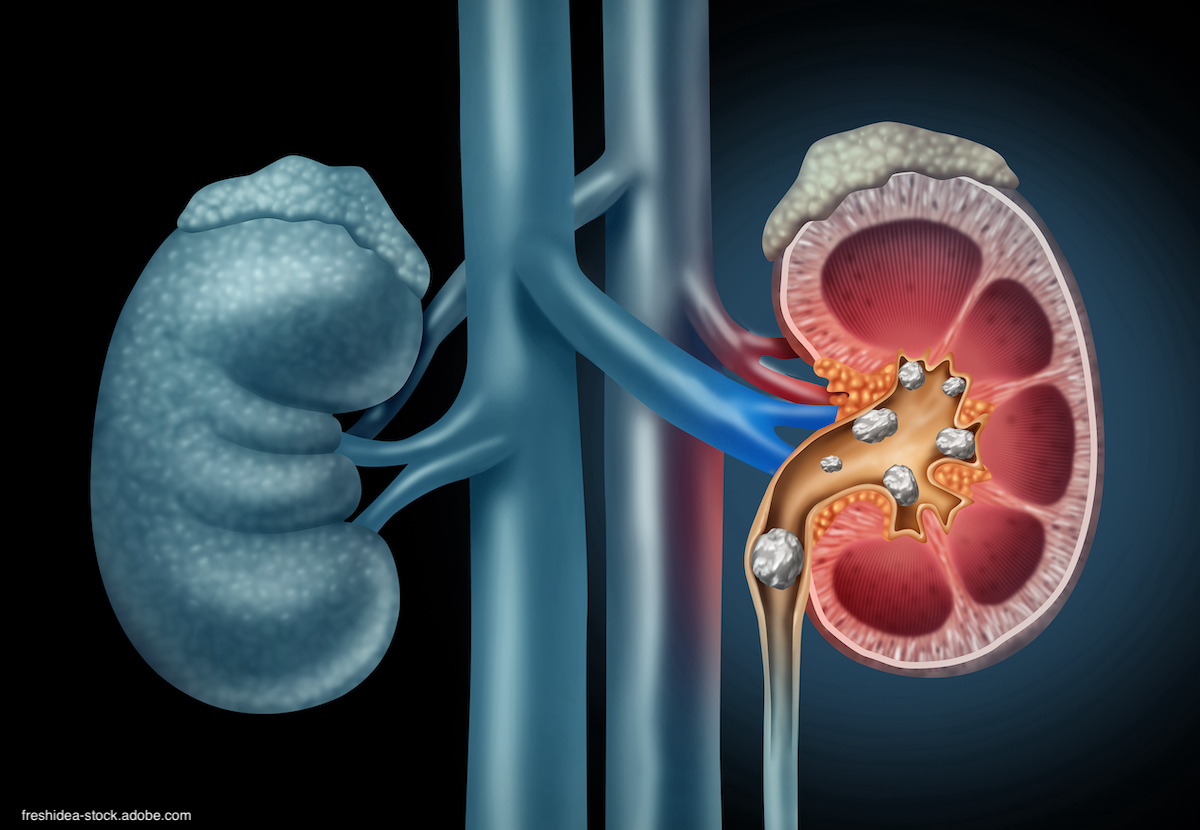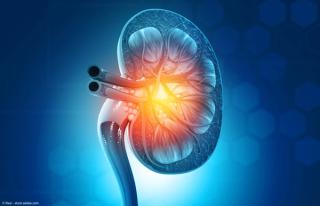
Kidney Stones
Latest News
Latest Videos

CME Content
More News

In total, 73% of patients showed an increase in 24-hour urine volume from baseline to the end of the 1-month trial period.

"As a result of this work, we came to the conclusion that maybe if you are going to stent someone, you should try and keep the stent time at a minimum of 4 or 5 days," says Khurshid R. Ghani, MD.
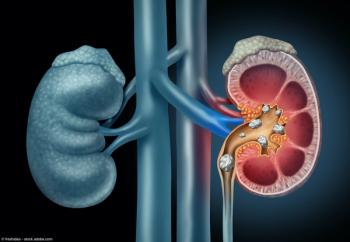
"Prescription alkali therapy is very costly; it has a lot of side effects, and the compliance is very low," says Brett Johnson, MD.

"CPT codes 50080 and 50081 describe the antegrade approach to stone removal requiring lithotripsy through a nephrostomy tract, with 50080 being reported for stones less than 2 cm in size in a single location, whereas 50081 would be reported for large or complex stones, stones in multiple locations, or stones in the ureter (such as in the example provided)," write Jonathan Rubenstein, MD, and Mark Painter.

"The main advantage of the Lithovue Elite is that it allows for intrarenal and intraureteral pressure monitoring," says Ravi Munver, MD.

The data were presented at the 2023 American Urological Association Annual Meeting in Chicago, Illinois.
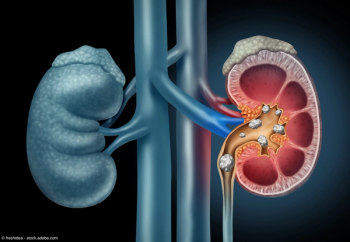
The trial assessed outcomes in patients who had kidney stones between 1 to 2 cm.

“Our data indicate that usage of a PCNL equipment whiteboard led to significant improvements in team perception of inter-disciplinary communication and case item selection accuracy," says Jenny N. Guo, MD.

"We unfortunately did not find any difference in pain scores [after ureteroscopy] at day 1, 2, or 3. We also didn't find any difference in use of rescue medication and rescue narcotic medication," says Karen L. Stern, MD.

"While CBD oil appears safe, it does not seem to reduce pain or discomfort during the typically brief recovery period after this common procedure,” says Karen Stern, MD.

The highest cumulative 120-day rates of ED visits and HA were observed in patients who underwent percutaneous nephrolithotomy procedures.

“There are some situations where I do place stents, but I am really trying to limit [my] amount of stent usage,” says Christopher Allam, MD.
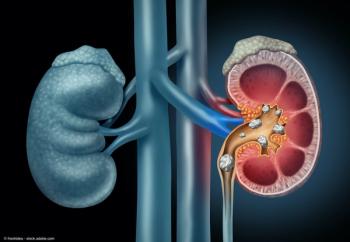
“Based off the questionnaire, [there was] statistically significant worsening quality of life, increased pain, and [increased] pain medicine requirement with a stent compared to without a stent,” says Christopher Allam, MD.

"This scope allowed me to maintain the intrarenal pressures lower than I would originally have done," says Naeem Bhojani, MD, FRCSC.
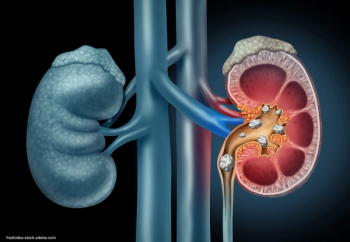
"The biggest take-home message for any urologist who's treating kidney stones is to understand that what we consider to be success may not be what our patients consider to be success," says John Michael DiBianco, MD.
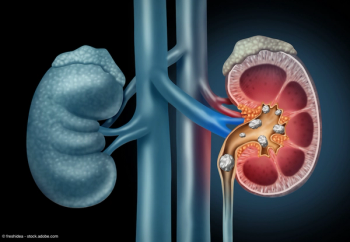
We have a dedicated full-time team. We have three fellowship-trained urologic specialists in stone disease. We will offer every treatment for stone disease, including endoscopic surgery, percutaneous surgery, robotic surgery and shockwave therapy,” said urologist Stephen Savage, MD, who leads the center.

"This has the opportunity to really revolutionize the way we treat kidney stone disease via ureteroscopy," says Naeem Bhojani, MD.

The patient was treated as part of a clinical study of the novel MONARCH platform at UCI Health in California.

“We thought anesthesia type would be relevant. But both urologists and patients determined that it actually was not relevant to their decision making,” says John Michael DiBianco, MD.

The device has the ability to monitor intrarenal pressure (IRP) in real-time during kidney stone procedures.

“We aimed to develop a surgical decision aid to help facilitate this decision-making process for patients who are candidates for either shock wave lithotripsy or ureteroscopy with kidney stones,” says John Michael DiBianco, MD.
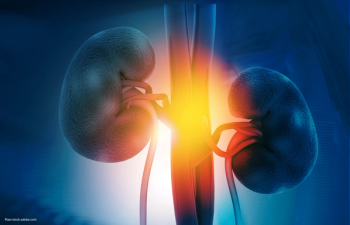
“As people think about how we can do stone surgery more effectively, less morbidly for our patients, and less invasively, I think we're going to see robots enter our picture,” says Thomas Chi, MD.
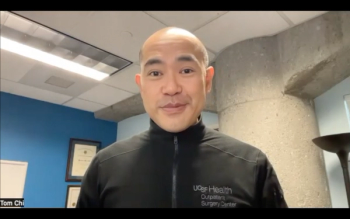
“We've got a lot of movement in terms of understanding how stones form, some pharmaceutical interventions that we can use to prevent stones, and then how we can get even less invasive to try to get stones in the least morbid way for our patients,” says Thomas Chi, MD.

As the year comes to a close, we revisit some of this year’s top content on urologic stones.

Thomas Chi, MD, discusses 2022 milestones in stone disease and looks ahead to what might be on the horizon for the field in the coming year.




